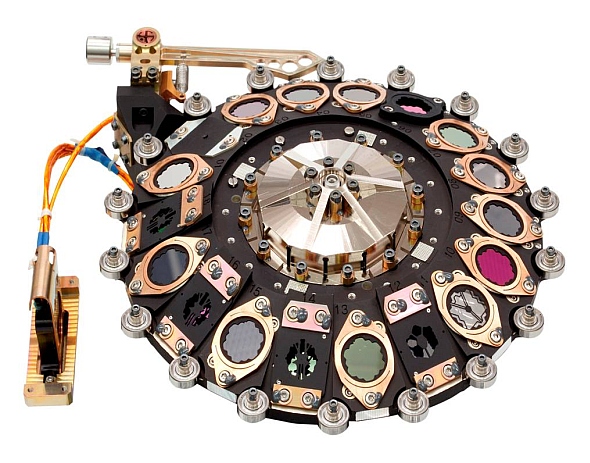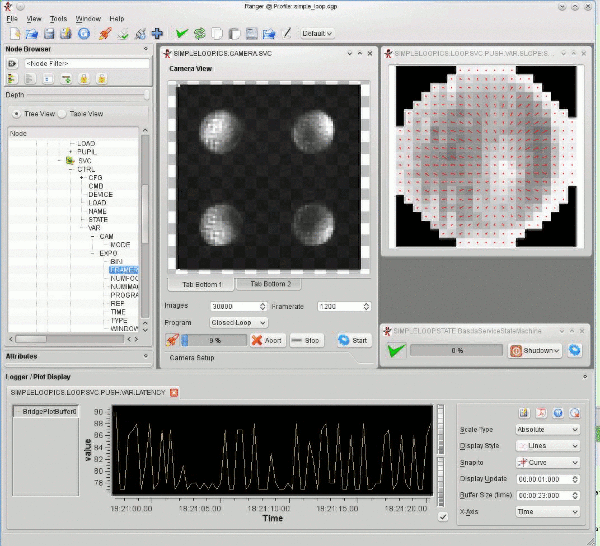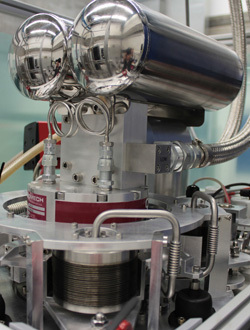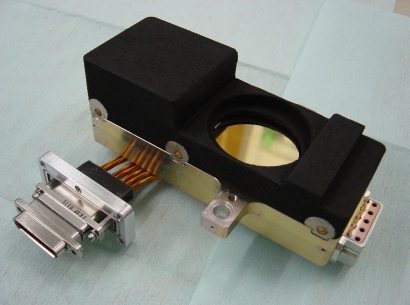| Version 298 (modified by , 7 years ago) (diff) |
|---|
The AstroTechTalk (ger) offers a place to discuss, for all interested colleagues and especially for the technical departments, the project leaders, the administration and the scientists as the ultimately users:
- status of instrumentation projects
- scientific tasks and features of the instruments in construction or planned
- new possible involvements
- technical innovations and developments
- technical problems and their solutions
- logistical problems and their solutions
- how to improve operation and observation
- project standards.
Time: Always Fridays 11:00 - 12:00 (during the construction work: 10:00 - 11:00)
Location: MPIA Hörsaal (during the construction work: HdA Auditorium)
Outline:
- Announcements (news, visitors, etc.) (mainly in German)
- Talk of about 30 min about a selected topic (German or English, will be announced)
- Follow up discussion and questions (German or English, depending on the speaker)
Proposals for talks: Please send an email to "hofferbert -at- mpia.de" or "naranjo -at- mpia.de" - alternatively you might reach us by phone (06221-528209 or -290) or in person (room 211 or 018) at MPIA.
| Date | Speaker | Topic |
| 22.09.2017 (10hrs, HdA) | First talk after the summer break | |
| 29.09.2017 (10hrs, HdA) | Theodoros Anagnos (ZAH, LSW) | Photonic Dicer - Simulation and Optimization of a Photonic Spatial Reformatter |
| 06.10.2017 (10hrs, HdA) | Julien Milli (ESO) | TBD |
| 13.10.2017 | -- | No talk (MPIA Science Day) |
| 20.10.2017 (10hrs, HdA) | ||
| 27.10.2017 (10hrs, HdA) | ||
| 03.11.2017 (10hrs, HdA) | ||
| 10.11.2017 (10hrs, HdA) | -- | No room available |
| 17.11.2017 (10hrs, HdA) | Hans J. Kaercher (MT Mechatronics GmbH) | Thinking in Forces (as a Tool for designing Telescope Structures) What is a force? One can start reflecting about it and philosophers have written whole books about this question. Ludwig Buechner, a „middle-class materialist“ of the 19th century wrote in his book „Kraft und Stoff“: „Kraft kann nichts weiter sein als eine Eigenschaft der Materie“, or „Kräfte lassen sich nicht mitteilen, sondern nur wecken“, and in this sense he is obviously with Isaac Newton, who is the originator of "thinking in forces" following his famous observation of the falling apple. Much later this led to the special engineering branch "structural mechanics", which was originally applied to bridge and building construction, lateron even in the more sophisticated branch of aerospace engineering. „Thinking in forces“ in the form of "graphical structural analysis" became a branch of engineering in the middle of the 19th century. This enables to think in both the "physical space" and the "force space", i.e. besides a design drawing also a force diagram is required. This is similar to projective geometry, where also dual spaces exist. Hans Kaercher will explain this approach in three examples: 1) designing reflectors for radio telescopes; 2) designing primary mirror supports for large optical telescopes; 3) designing tracking mounts for large optical elements. These examples will be discussed in the framework of currently running projects, like e.g. the 110m radio telescope QTT and the extremely large optical telescope GMT. Presentation: German Slides: English Questions: German, English |
| 24.11.2017 (10hrs, HdA) | ||
| 01.12.2017 (10hrs, HdA) | Thomas Henning | The Future of optical and infrared Astronomy |
| 08.12.2017 (10hrs, HdA) | Philipp Hottinger (LSW) | Single Mode Fiber Coupling and Tip-Tilt Sensing using Microlens Arrays |
| 15.12.2017 (10hrs, HdA) | Stefan Hippler | High-Contrast Imaging |
| 22.12.2017 (10hrs, HdA) | Last talk before the Christmas break |
Peview:
xx.xx.2018 - Presenter: Title
Postview:
Presentations from 12.09. - 31.12.2014
Presentations from 01.01. - 31.07.2015
Presentations from 01.08. - 31.12.2015
Presentations from 01.01. - 31.07.2016
Presentations from 01.08. - 31.12.2016
Attachments (11)
- instrum8_gr.jpg (82.6 KB) - added by 10 years ago.
- instrum4_gr.jpg (104.4 KB) - added by 10 years ago.
- pedv3_gr.jpg (213.9 KB) - added by 10 years ago.
- alfa3.5.gif (235.6 KB) - added by 10 years ago.
- CIAO.jpg (3.8 MB) - added by 8 years ago.
- linc_nirvana_labor.jpg (255.2 KB) - added by 8 years ago.
- MATISSE.jpg (43.1 KB) - added by 8 years ago.
- miri_fm_filterwheel.jpg (145.6 KB) - added by 8 years ago.
- PACS-Chopper.jpg (80.0 KB) - added by 8 years ago.
- simple_loop.gif (965.4 KB) - added by 8 years ago.
- teaser.jpg (13.5 KB) - added by 8 years ago.
Download all attachments as: .zip







